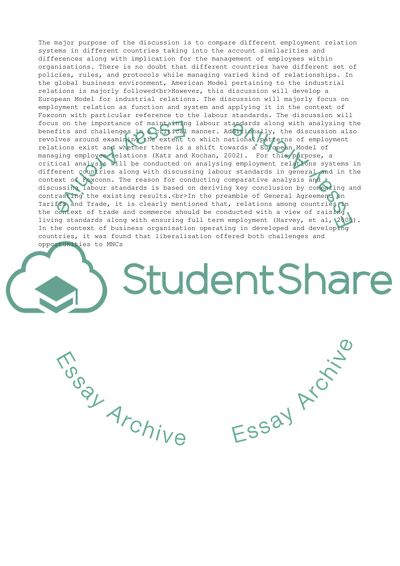Cite this document
(“International and Comparative Employment Relations Assignment”, n.d.)
International and Comparative Employment Relations Assignment. Retrieved from https://studentshare.org/business/1665500-international-and-comparative-employment-relations
International and Comparative Employment Relations Assignment. Retrieved from https://studentshare.org/business/1665500-international-and-comparative-employment-relations
(International and Comparative Employment Relations Assignment)
International and Comparative Employment Relations Assignment. https://studentshare.org/business/1665500-international-and-comparative-employment-relations.
International and Comparative Employment Relations Assignment. https://studentshare.org/business/1665500-international-and-comparative-employment-relations.
“International and Comparative Employment Relations Assignment”, n.d. https://studentshare.org/business/1665500-international-and-comparative-employment-relations.


